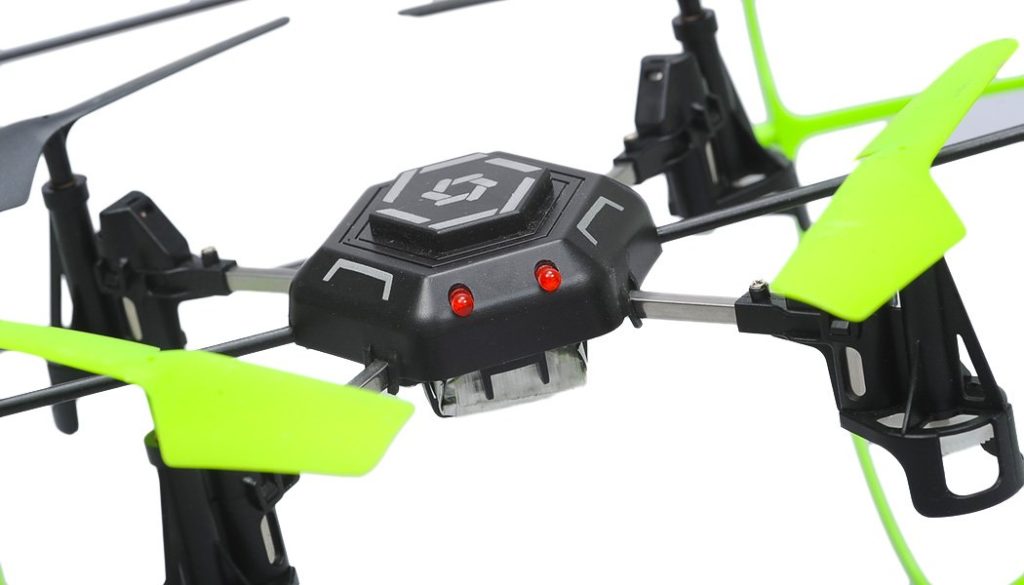When it comes to flying a drone, it is of the uppermost important to pay attention to a series of safety tips.
Indeed, although many drones are lightweight and their toy look makes them seem harmless, the possibility for them to be potentially dangerous is real.
After listing a few types of hazards a drone can pose, we will go through some reliable ways to hedge against them, and ensure a safe flying session.
What can be dangerous?
Drones are mainly dangerous when they are in the air. This could be due to a potential fall of the drone (for instance, due to a battery exhaustion), to a high speed and an obstacle not being detected, to the drone crossing authorized areas, or due to the collision of the drone with other flying objects.
One other obvious hazard that exists with drones whose rotors are not shielded mechanically, is that their rotation if put in contact with a human being, can have cutting effects.
One of the prerequisites of flying a drone is to ensure that the area where it is flown are approved for such an activity. Many public places, buildings, airports, are totally forbidden for drones to fly over.
In addition to this geographical check to be performed, it is essential that drones are flown with a maximum altitude, that depends on the region, district or country where you live. Due to their powerful rotors, drones can climb very fast at heights where other planes could be flying.
A collision between a drone (especially a heavy and powerful one) with a plane, no matter where, could simply have fatal consequences: engine fire, holes in the fuselage, breaking of the plane’s front windshields…
Rotors
The rotors of the drones have very sharp and cutting edges. It is thus easy, especially for beginners playing with the drone alone with their friends, to accidentally hit somebody with the drone if they inadvertently flew in the wrong direction.
It is thus essential when buying drones for children, to ensure that the rotors are enclosed, surrounded, by round enclosures, that prevent the rotors from coming in direct contact with a person’s head or hands.
Beware though, that those protections do not prevent the harm that would be caused by a person putting his/her hand in touch with the rotating blades, from above or below.
Speed
The speed of the drones is a danger by itself, if they enter in collision with a third party. Indeed, the most powerful drones can easily go as fast as a train going full throttle. At those speeds, not only is it hard to direct the drone, but it is just impossible to stop it fast enough in case a collision is imminent. Due to the sharp edges of the drone, and its weight, the damages can be considerable, and possibly lethal.
Weight
The last but most obvious issue is the weight of a drone. It is very common for drone pilots to fly the drone as high as they can, in order to get bird’s eye views of beautiful picturesque landscapes.
What happens if the battery of the drone is drained before it is flown down? Well, in that case, the drone can simply fall, with its weight going up to several kilograms. And the fall would occur in a random manner, with not anyway for people below to avoid it. This, too, can be lethal, and explains why authorities ask professional drone pilots to have authorizations.
If you follow the advice put forward above, you will experience a smooth and enjoyable drone experience.
In general, when you buy a drone, also ask your drone specialist to remind you the latest regulations, as they might change over time.
When moving to a new area, check on the map, and with the authorities for the exact locations of no-fly zones. These can totally exist in the middle of the countryside where army bases are based. And if you are caught flying your drone on forbidden areas, the consequences can be daunting, so it is really important to take this matter seriously.
The more you will fly your drone, the more you will find that these regulations are actually legit, and are, despite their cumbersome aspect, truly unavoidable, in order to guarantee safety both for the drone flyer and his environment.
